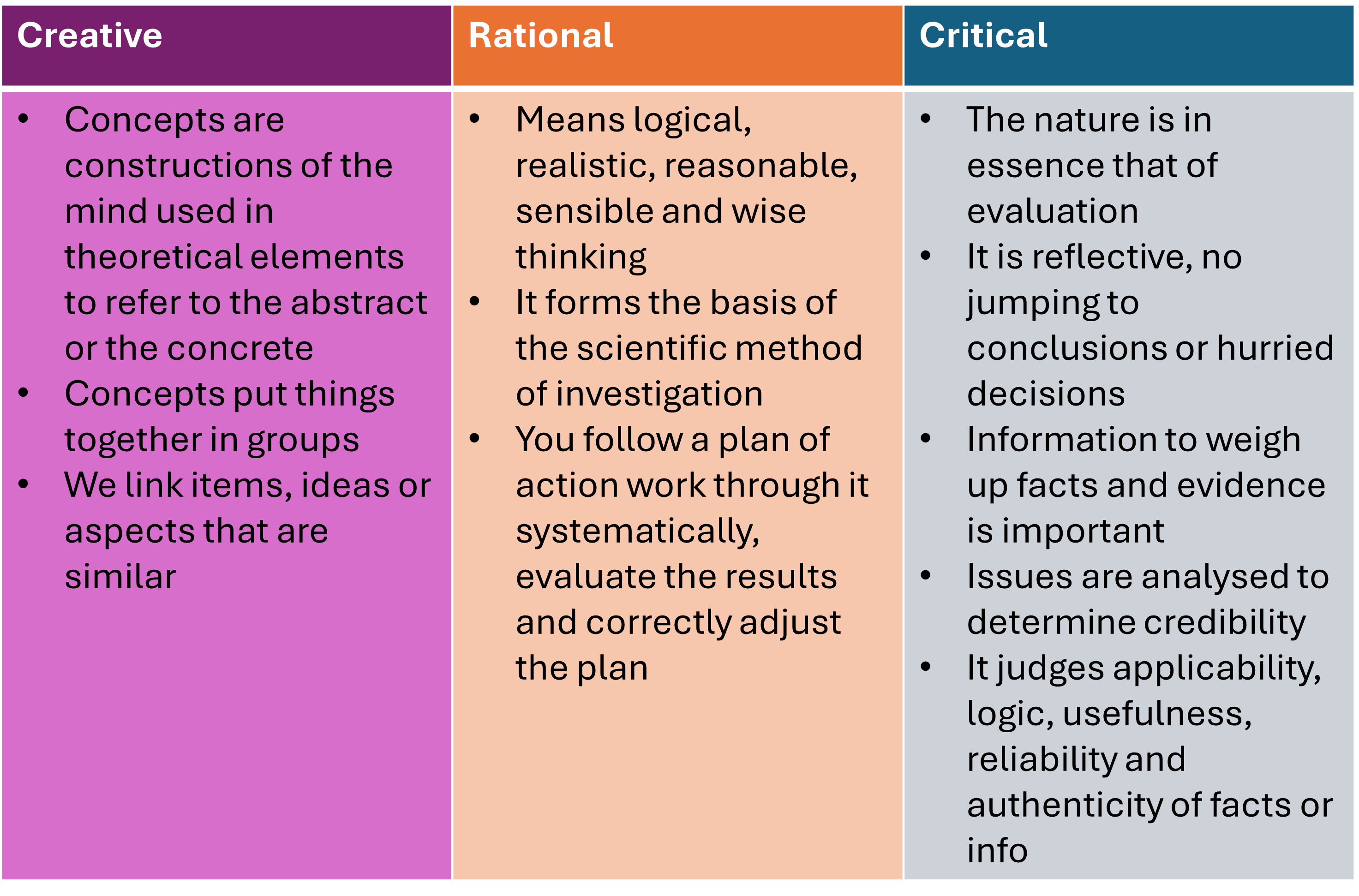Once a detailed assessment was done of the problem the manager should identify alternative solutions and plan the implementation thereof. Develop a clear plan of action. Beware of the barriers and consider consequences of the solutions.
Different thinking strategies can be useful for identifying alternative solutions.
Trail and Error
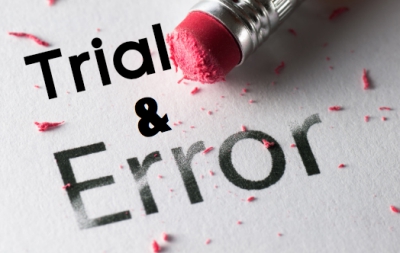
Definition: In the trial-and-error approach to problem solving you try a number of solutions until you find one that works.
Where will you use this approach?
|
When would you use this approach? |
When will you not use this approach? |
|
Risk is small |
Risk to great |
|
Alternatives just randomly selected |
Need systematic alternatives |
|
Solution reasonably obvious |
Solution complex |
|
Consequences small |
Consequences great |
Intuition

Definition: Intuition can be described as a sixth sense, presentiment, hunch, instinct, insight or thinking that is instinctive, involuntary, spontaneous, unreflecting and untaught.
Where will you use this approach?
|
When would you use this approach? |
When will you not use this approach? |
|
Together with other strategies |
Not on its own – critical thinking should be used to verify facts |
|
Risk small |
Risk great |
|
Solution emotional |
Solution rational |
Mind Mapping
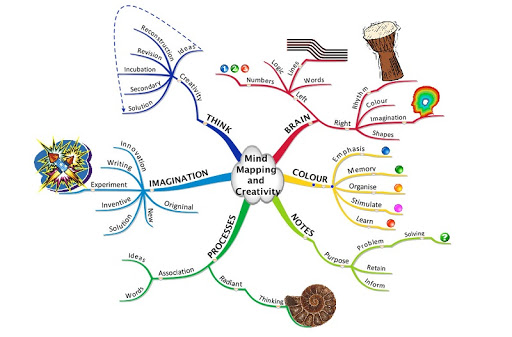
Definition: It is a technique for organising information and presenting it visually in the form of a “spider web”. A mind map is drawn as follows:
- Write the topic in the centre.
- Write keywords on the line.
- Use colour or symbols, signs, images or pictures.
Where will you use this approach?
|
When would you use this approach? |
When will you not use this approach? |
|
Generate new ideas |
Simple problem (concept) |
|
Promote memorisation through visual images |
|
|
Plan an assignment or project |
|
|
Make notes and summaries |
|
|
Difficult problem |
|
|
Multiple concepts on the same topic |
Brainstorming

Definition: It is an effective creative skill that generates many ideas.
The procedure for brainstorming is as follows:
- Think of as many ideas as you can in a short period of time.
- Say whatever comes into your head – even wild, seemingly impractical ideas.
- Do not stop to ask if it will work or how practical it is.
- Write absolutely every idea down.
Where will you use this approach?
|
When would you use this approach? |
When will you not use this approach? |
|
When you need some ideas to solve a complex problem |
Solution is obvious |
|
A creative solution is needed |
There is only one correct answer |
|
High risks involved |
|
|
You need the buy-in from everyone |
|
|
More than one possibility |
|
|
Unusual problems |
Deductive Reasoning vs. Inductive Reasoning
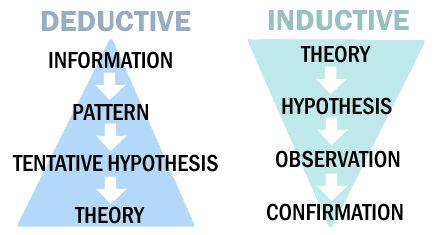
Definition:
Deductive reasoning starts form a broad general premise and then narrows down to the specific facts (synthesis).
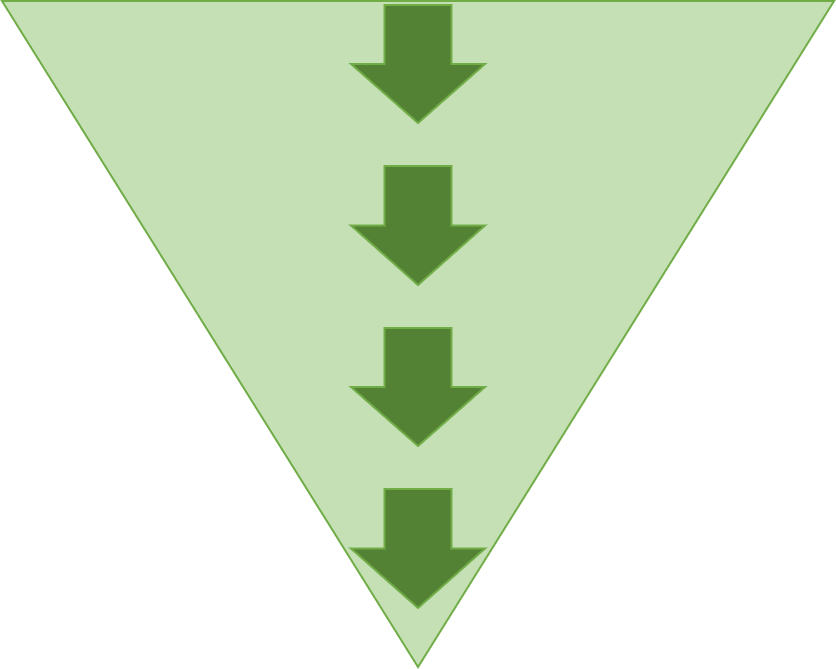
Inductive reasoning studies all the facts and moves from the specific to the general rule or formula (analysis).
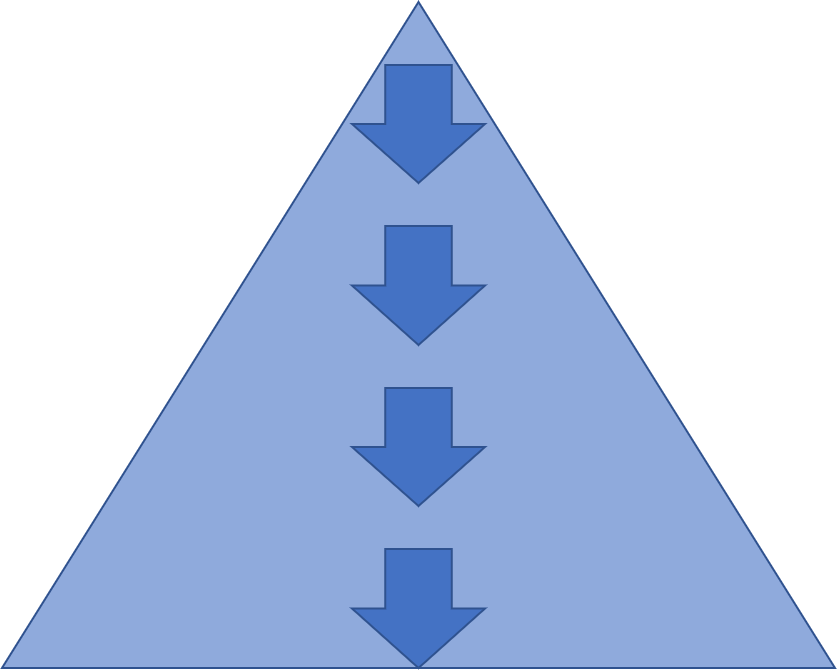
Where will you use this approach?
|
When would you use this approach? |
When will you not use this approach? |
|
When you need some ideas to solve a complex problem |
Solution is obvious |
|
A creative solution is needed |
There is only one correct answer |
|
High risks involved |
|
|
You need the buy-in from everyone |
|
|
More than one possibility |
|
|
Unusual problems |
Creative, Rational and Critical Thinking
The table below indicates the difference between creative, rational and critical thinking.
